#033 ⤑ Sticker Culture's Lasting Impact on Art and Design
GIVEAWAY: Stickerbomb 1 - Over 300 stickers!!
Hey everyone!
This week, we’re diving deeper into the world of stickers. It might have something to do with just wrapping up work on the Stickerbomb Skateboard book, due out in March 2025, and the recent releases of Stickerbomb 1 and 2.
Stickers are definitely on our minds right now.
And to celebrate, we’re running a special giveaway where one lucky subscriber will win a free copy of Stickerbomb 1 - Keep reading to find out how you can enter.
Sticker culture isn't a passing trend—it’s become an important part of art and design today. What some argue began on the outskirts of city life has now found its way into galleries, skateparks, shops and more. At its heart, sticker culture reflects the DIY spirit, creative independence, and a kind of art that anyone can make and share - which is why we love making sticker books.
Take skateboarding. Stickers have always been tied to it, letting skaters personalize their boards and show a bit of who they are. Street art has a similar story. Before artists like Shepard Fairey made stickers famous with campaigns like OBEY, graffiti artists were tagging everything they could, even using postal stickers to spread their names.
For us at Stickerbomb, this culture is more than just a scene—it’s a community that has grown in all kinds of unexpected ways. We’ve been part of this shift, seeing how stickers have evolved into a medium that brings artists, brands, and fans together, whether it’s through a skateboard, a city wall, or the pages of one of our books.
And music plays a huge role too. From punk to hip-hop, stickers have always been a way to promote bands and rappers. Graffiti, part of hip-hop, might not always get the spotlight, but it’s a key part of the culture. Even in football (soccer for our US and AUS crew), fans are passionate about creating stickers.
These different scenes have all helped shape not just street art, but have contributed to modern design as a whole.
Low Brow | High Brow | No Brow
One of the most interesting things about sticker culture is how it brings together both high and low art in ways few other mediums do. Stickers—whether they’re used for guerrilla marketing, personal expression, or political statements—push the limits of what art and design can be.
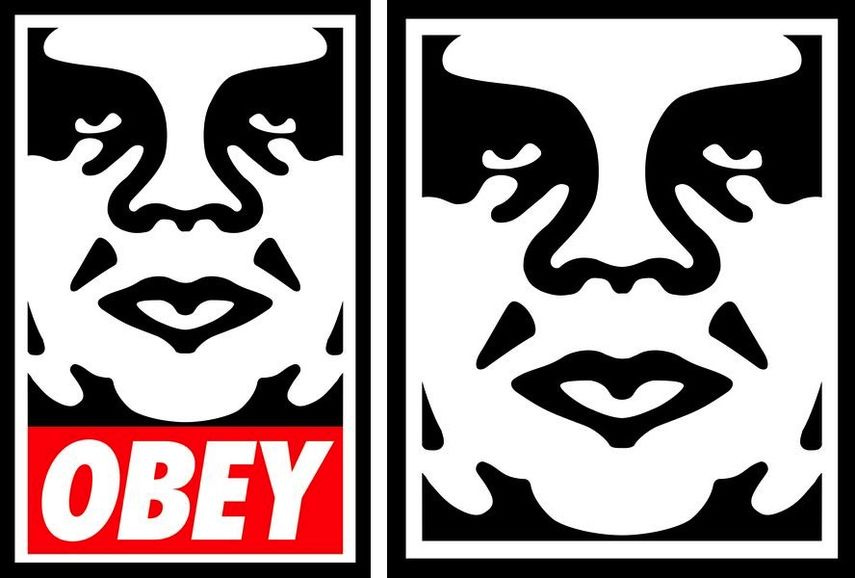
Take Shepard Fairey’s Obey Giant campaign. What kicked off in 1989 as an inside joke among skaters and punks—slapping stickers in public spots—evolved into a cultural and political movement. That simple sticker became a powerful critique of consumerism, conformity, and authority, turning into a symbol far bigger than itself. Fairey’s journey proves that something as small and overlooked as a sticker can leave a lasting mark. His early sticker work paved the way for large-scale murals, prints, and even political campaigns, showing how ideas born from stickers can grow into something much larger.
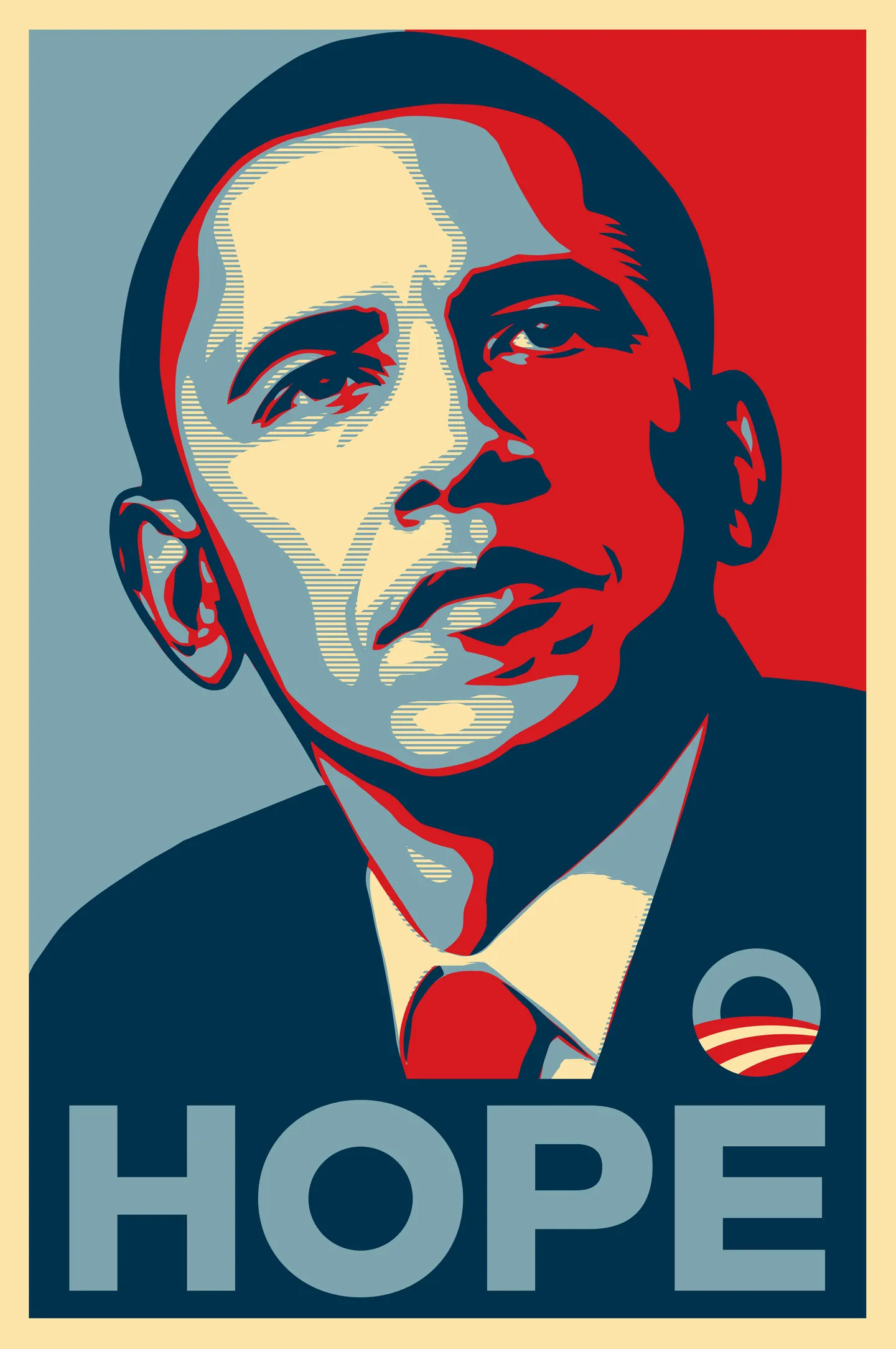
Both Murakami’s Are Into Stickers?
On both the avant-garde side and in literature, Japanese artist Takashi Murakami and author Haruki Murakami share an appreciation for stickers. Takashi Murakami, known for blending high art with commercialism, has used stickers in collaborations with luxury brands like Louis Vuitton. By doing so, he shows how street culture seeps into high fashion and art, demonstrating the reach and flexibility of sticker culture.
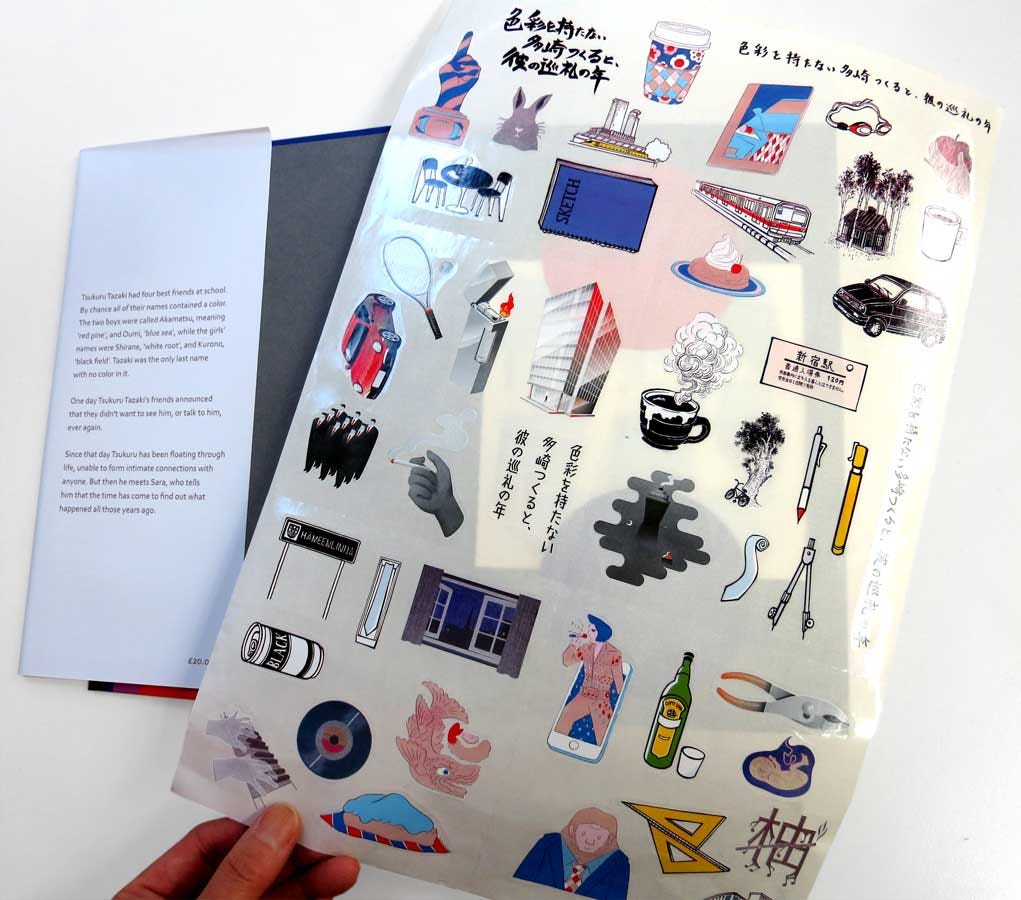
Meanwhile, Haruki Murakami’s novel Colorless Tsukuru Tazaki and His Years of Pilgrimage was released in the U.K. with a set of stickers designed by five Japanese illustrators: Mio Matsumoto, Fumio Obata, Ryu Itadani, Natsko Seki, and Shinko Okuhara. Readers were invited to decorate the novel themselves, merging literature with personal creativity. Both Murakamis show that stickers can cross traditional boundaries, adding a fresh layer of creativity to both fine art and storytelling.
Sharing Is Caring
Sticker culture has a strong presence in the world of zines and independent publishing. Artists like our friend Danny Rumbl have made stickers a central part of their zines, often including removable stickers that let readers interact with the art in a hands-on way. It’s a bit like the sticker books many of us had as kids. Personally, it started for me with the Italia 90 sticker book. The mix of touch and collectibility makes stickers something that everyone can get into.
This interactive side of stickers creates a special connection between the artist and the audience. Each sticker peeled off becomes a mini collaboration, with the person deciding where it belongs. Whether it ends up on a fridge, a skateboard, or a record player, it becomes more than just art—it becomes a memory, something to share or pass along.
Cant’t Forget About Graffiti
Graffiti writers have been using stickers—often called "slaps"—for years as a quick and easy way to get their names out there. Stickers allow writers to tag locations fast, avoiding the time and risk that come with spray painting. In the early days, they would repurpose anything available, like postal service labels or shipping stickers, turning them into small canvases for their tags. As sticker culture grew, more durable options like egg shell stickers became popular, known for being almost impossible to remove. These tough stickers added a new layer to the act of stickering, allowing graffiti to stick around long after attempts to scrape it off. Stickers gave graffiti writers a way to spread their work far beyond walls, reaching across cities and even internationally as stickers were traded and shared among artists.
Sticker culture has left its mark everywhere.
From political activism to fashion and independent publishing, shaping how art and design blend into everyday life. It’s this evolving nature that makes stickers the perfect canvas for artists and designers to push boundaries and explore new ideas. At Stickerbomb, we’re lucky to be part of this journey, watching how stickers continue to inspire fresh thinking and creativity. Stickers are quick, versatile, and sometimes almost disposable—that’s part of the charm. Whether they’re plastered on a skateboard or used to rep your favorite football club, they carry messages, humor, and promotion, becoming whatever you need them to be. That’s why stickers will always have a place in modern art and design
STICKERBOMB GIVEAWAY
We’re excited to announce a special Stickerbomb giveaway! One lucky winner will receive a free copy of our latest Stickerbomb book, packed with banging stickers plus of course some extra stickers.
To enter this week’s giveaway, simply answer the following question in the comments:
Q: What's your favorite sticker memory? Whether it's collecting as a kid, decorating your skateboard or fridge, or creating your own—tell us your story!
ENTER THIS WEEK’S GIVEAWAY by end of day (wherever you are) Tuesday 17th September.
The winner will be randomly drawn from the comments. This giveaway is open to Stickerbomb newsletter subscribers only, so make sure you're subscribed and get involed.
As ever thank you for reading.
Next Week: Snapshots of Remote Work: Indonesia's Summer in 35mm




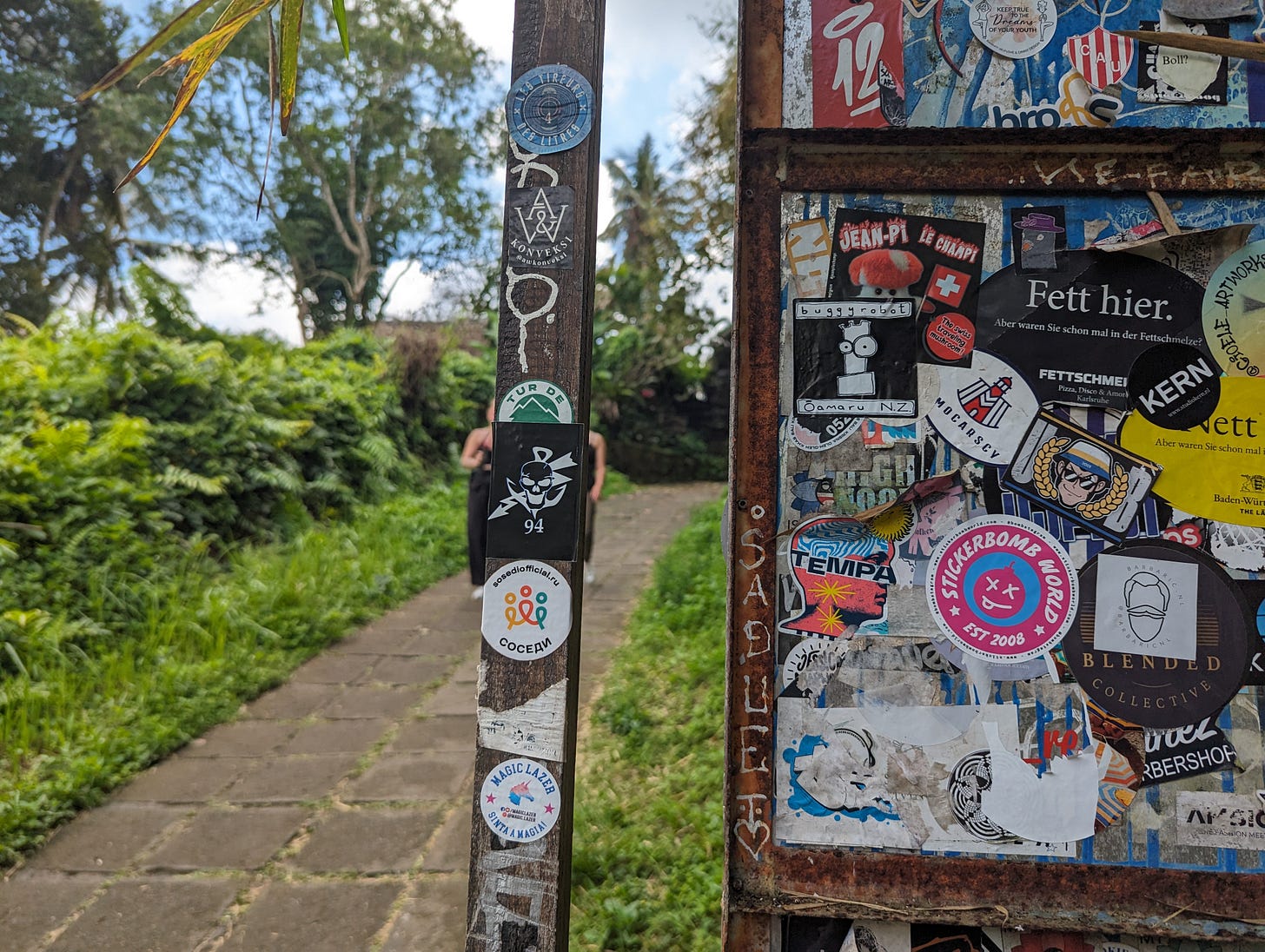

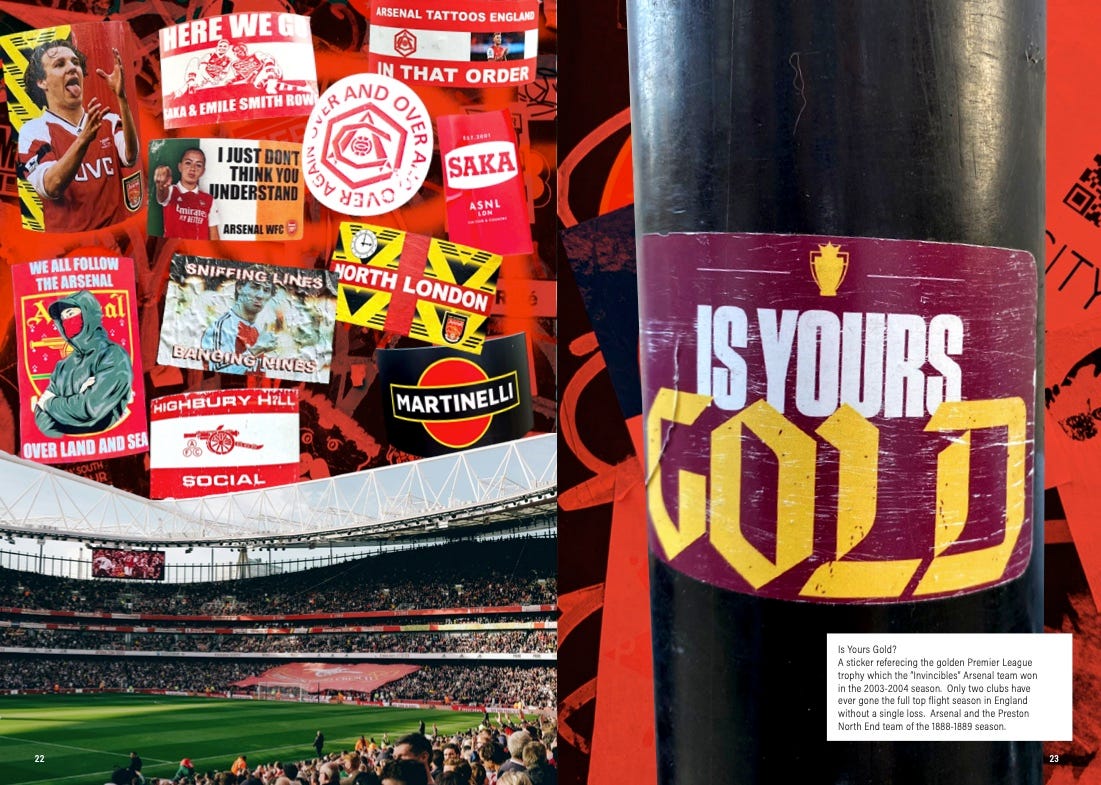
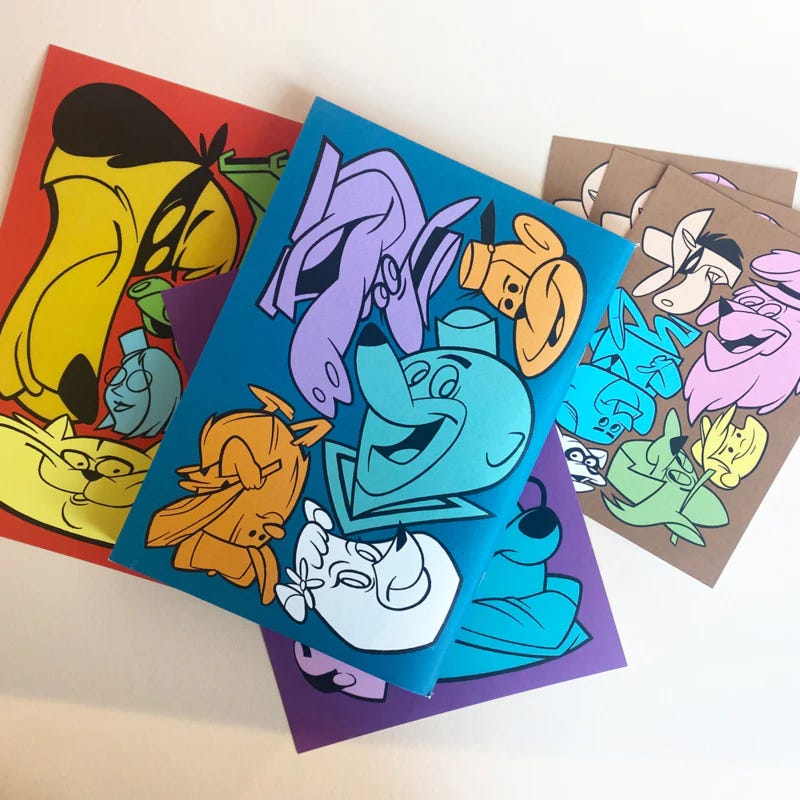
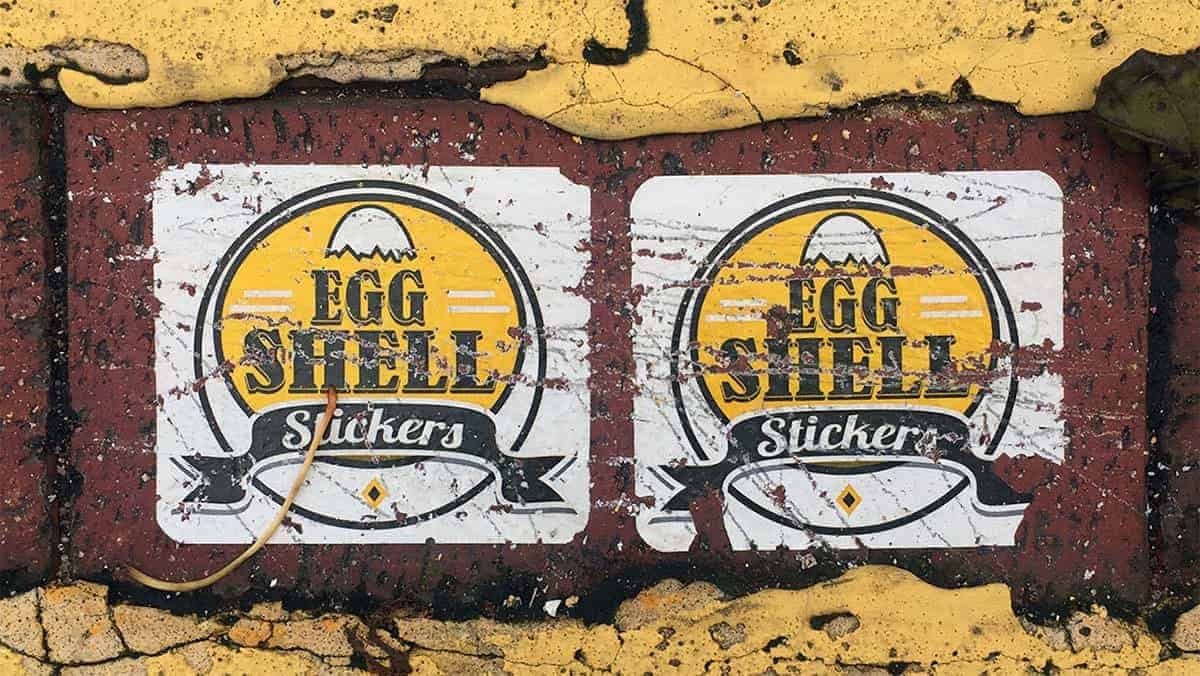
All my life, as far back as I can remember, I've been collecting stickers. One of my favorite memories is when I was a kid and I had a Dragon Ball sticker album. My mom brought me packages of 5 stickers when she came home from work, so I was waiting for her very anxiously every day. I remember very well the smell of those packages when I opened them.
Later in my teens, I got interested in street art and started buying stickers from the graffiti artists who started this movement in my city, Bogota, Colombia. In 2013 I made my first sticker and since then I've made at least 200 different sticker designs because I love them!